Copyright 2014 by Simone McGrath This book is a general educational health-related information product. As an express condition to reading this book, you understand and agree to the following terms: The books content is not a substitute for direct, personal, professional medical care and diagnosis. Please see your doctor or health care provider if you are unsure of eating any of the foods in this recipe book or participating in any of the activities as everyone has different health care needs and concerns. The Author and/or Publisher of this book is not responsible in any manner whatsoever for any consequential damages that result from the use of, or the inability to use, this book. All Rights Reserved. No part of this book may be reproduced in any manner without the express written consent of the publisher, except in the case of brief excerpts in critical reviews or articles.
All inquiries should be addressed to Skyhorse Publishing, 307 West 36th Street, 11th Floor, New York, NY 10018. Skyhorse Publishing books may be purchased in bulk at special discounts for sales promotion, corporate gifts, fund-raising, or educational purposes. Special editions can also be created to specifications. For details, contact the Special Sales Department, Skyhorse Publishing, 307 West 36th Street, 11th Floor, New York, NY 10018 or . Skyhorse and Skyhorse Publishing are registered trademarks of Skyhorse Publishing, Inc., a Delaware corporation. www.skyhorsepublishing.com 10 9 8 7 6 5 4 3 2 1 Library of Congress Cataloging-in-Publication Data is available on file.
ISBN: 978-1-62873-752-3
eISBN: 978-1-62914-121-3 Printed in China contents 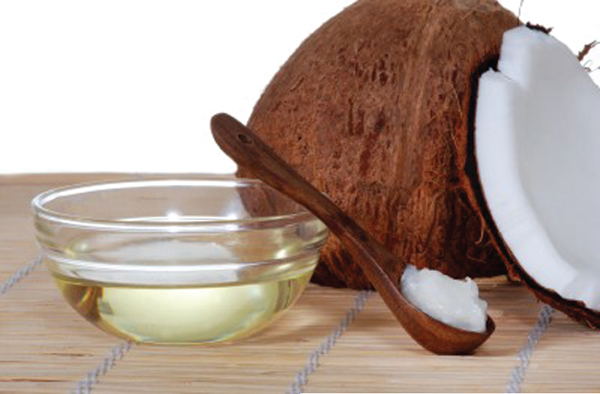 Introduction to Coconut Oil Lately, coconut oil has received a great deal of attention as a highly versatile wonder-food capable of working as the base of healthy nutrition, natural medication, and beauty products. So is all the hype true? Many people have reported miraculous health benefits from using this amazing oil, while doctors and scientists are also showing a renewed interest in the possibilities of coconut oil due to its unique chemical composition. Coconut oil is composed of mainly healthy fats, which are extremely beneficial to our health, particularly to our hearts and our weight. Meals and snacks containing coconut oil, such as coconut smoothies, are popular across the world as help shed some extra pounds. Coconut oil also contains lauric acid, which has powerful immune-strengthening properties, making it capable of curbing the symptoms of the common cold and even fighting diseases caused by serious immune deficiencies. A healthy intake of coconut oil will boost your immunity so you will thrive year-round.
Introduction to Coconut Oil Lately, coconut oil has received a great deal of attention as a highly versatile wonder-food capable of working as the base of healthy nutrition, natural medication, and beauty products. So is all the hype true? Many people have reported miraculous health benefits from using this amazing oil, while doctors and scientists are also showing a renewed interest in the possibilities of coconut oil due to its unique chemical composition. Coconut oil is composed of mainly healthy fats, which are extremely beneficial to our health, particularly to our hearts and our weight. Meals and snacks containing coconut oil, such as coconut smoothies, are popular across the world as help shed some extra pounds. Coconut oil also contains lauric acid, which has powerful immune-strengthening properties, making it capable of curbing the symptoms of the common cold and even fighting diseases caused by serious immune deficiencies. A healthy intake of coconut oil will boost your immunity so you will thrive year-round.
Coconut oil not only makes you feel healthier, but also makes you look better too. Regular applications of coconut oil will make your hair and skin healthier, softer, and brighter than ever. Many people spend huge sums on cleansing ointments, anti-aging creams, and acne treatment, only to be disappointed. Little do they realize that the coconut oil in the next supermarket aisle actually contains greater cleansing, healing, and moisturizing properties than the commercial products in the beauty aisle. So yes, it is true! This book will explain exactly why coconut oil is natures most versatile gift, and we will show you how to use it in cooking, and beauty therapy and as a medicinal treatment. The Tree of Life Coconut oil, of course, comes from a coconutarguably the most versatile, nutritious, and therapeutic natural food on the planet! The coconut is not actually a nut.
It is botanically classified as a drupe, which is a fruit with a breakable fault-line where it splits easily. Coconuts are the fruit of the coconut palm, which is native to Malaysia, Polynesia, and southern Asia. Now it is also found in tropical climates throughout the world, particularly the Philippines, Vanuatu, and India, as well as some parts of South America and Australia. This is to the popularity of the coconut as trading currency and to the ability of the husk to float across oceans where it propagates on other tropical islands. Now almost one-third of the worlds population relies on the coconut for food and trade. In literature, the coconut was first mentioned in the tales of Sinbad the Sailor recorded in The Arabian Nights .
Sinbad is briefly shipwrecked on an island, where he discovers a huge crop of coconuts. Once his ship is repaired, he loads it up with coconuts and has a pleasant voyage home, stopping at various islands to trade them along his way. Historically, coconuts were valuable trade commodities in the Indian Oceans Nicobar Islands well into the twentieth century. Marco Polo mentioned the nux indica (Indian nut) he discovered in Sumatra during the thirteenth century. Sir Francis Drake called the fruit nargils. It is believed that Portuguese explorers originated the name coconut from their word coco, meaning grinning face or monkey face because the three indentations on top of the coconut resemble a face.
The Sanskrit term for the coconut palm is kalpa vriksha , meaning tree which gives all that is necessary for living, or The Tree of Life because the tree and fruit provide material for food, shelter, medicine, and fuel. The coconut provides meat, water, milk, and oil; these can be consumed directly or used as ingredients for meals, medicines, soaps, and cosmetics. Coconut water contains a high level of electrolytes and is hygienic and therapeutic enough to be administered intravenouslyduring both World War II and the Vietnam War, doctors used coconut water as an intravenous solution when medical supplies ran out. The husk contains a fiber called coir, which was traditionally used as fuel and is now used to make ropes, matting, padding, or upholstery. Some South Pacific islanders even carved the shell into small discs to use as coins. The tree itself can be used for fuel or building shelter; however, as it bears fruit thirteen times a year, it is better to keep harvesting all those coconuts! Since the tree continually bears fruit year-round, it is rarely chopped down, so coconuts are an environmentally friendly source of nutrition.
The versatility of the coconut is not the only reason it has remained so popular and valuable for centuries. The coconut is also rich in essential nutrients and has magnificent healing properties. Coconut oil, a natural extract of the coconut, has been dubbed the healthiest oil on Earth. What other substance can soothe eczema, improve dental hygiene, decrease the risk of heart disease, cure dandruff, increase immunity, and improve digestion? Coconut oil is indeed an amazing product of the Tree of Life.  How to Break a Coconut There is so much goodness hidden inside a coconutbut it is not that easy to release this goodness from within the hard outer shell! When opening a coconut for the first time, you risk injuring yourself or losing some of the nutritious content in the process. Imagine the coconut is a world globe.
How to Break a Coconut There is so much goodness hidden inside a coconutbut it is not that easy to release this goodness from within the hard outer shell! When opening a coconut for the first time, you risk injuring yourself or losing some of the nutritious content in the process. Imagine the coconut is a world globe.
The coconut has a soft eye at the North Pole and a natural breaking line along the Equator. First, locate the eye at the top of the coconut. This eye is much softer than the rest of the coconut shell, so you can slide a metal skewer or a knife through to make a hole. Be careful not to lose your grip on the coconut while sliding the sharp implement through the shell. If your hand slips, you risk cutting yourself. Once you have penetrated the shell, drain the coconut water into a jug.

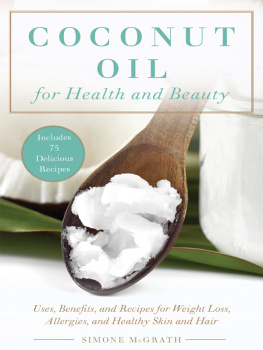
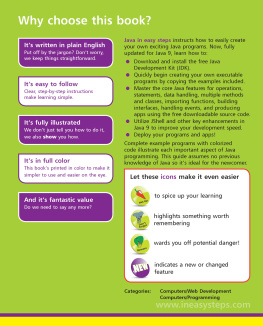



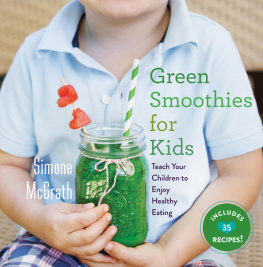

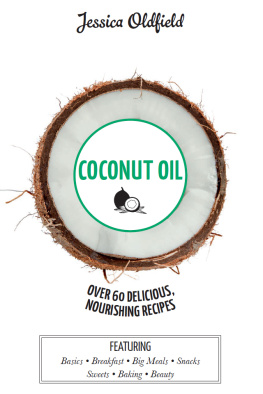
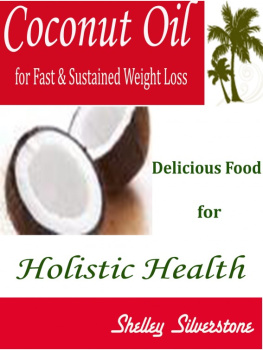

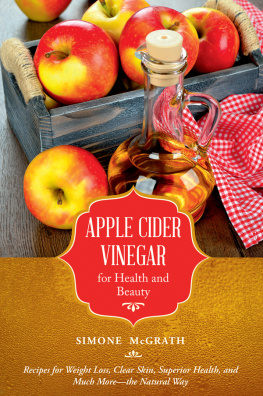
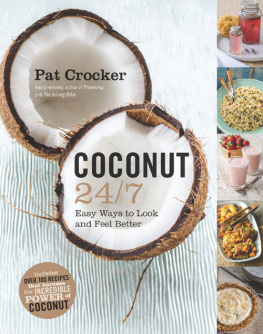
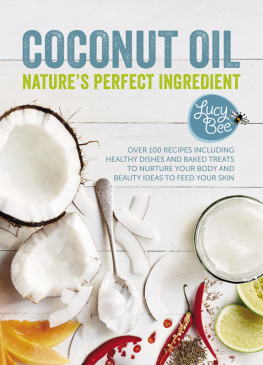
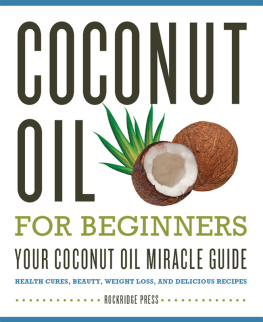
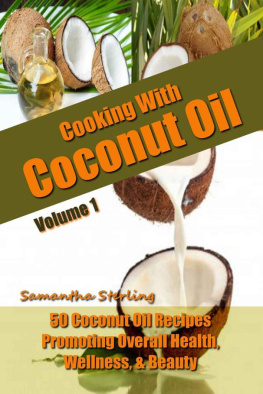
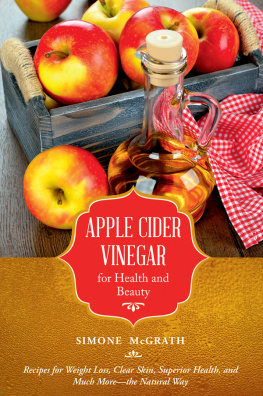
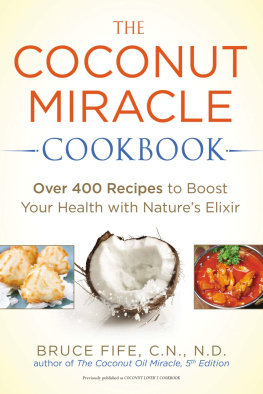


 Introduction to Coconut Oil Lately, coconut oil has received a great deal of attention as a highly versatile wonder-food capable of working as the base of healthy nutrition, natural medication, and beauty products. So is all the hype true? Many people have reported miraculous health benefits from using this amazing oil, while doctors and scientists are also showing a renewed interest in the possibilities of coconut oil due to its unique chemical composition. Coconut oil is composed of mainly healthy fats, which are extremely beneficial to our health, particularly to our hearts and our weight. Meals and snacks containing coconut oil, such as coconut smoothies, are popular across the world as help shed some extra pounds. Coconut oil also contains lauric acid, which has powerful immune-strengthening properties, making it capable of curbing the symptoms of the common cold and even fighting diseases caused by serious immune deficiencies. A healthy intake of coconut oil will boost your immunity so you will thrive year-round.
Introduction to Coconut Oil Lately, coconut oil has received a great deal of attention as a highly versatile wonder-food capable of working as the base of healthy nutrition, natural medication, and beauty products. So is all the hype true? Many people have reported miraculous health benefits from using this amazing oil, while doctors and scientists are also showing a renewed interest in the possibilities of coconut oil due to its unique chemical composition. Coconut oil is composed of mainly healthy fats, which are extremely beneficial to our health, particularly to our hearts and our weight. Meals and snacks containing coconut oil, such as coconut smoothies, are popular across the world as help shed some extra pounds. Coconut oil also contains lauric acid, which has powerful immune-strengthening properties, making it capable of curbing the symptoms of the common cold and even fighting diseases caused by serious immune deficiencies. A healthy intake of coconut oil will boost your immunity so you will thrive year-round. How to Break a Coconut There is so much goodness hidden inside a coconutbut it is not that easy to release this goodness from within the hard outer shell! When opening a coconut for the first time, you risk injuring yourself or losing some of the nutritious content in the process. Imagine the coconut is a world globe.
How to Break a Coconut There is so much goodness hidden inside a coconutbut it is not that easy to release this goodness from within the hard outer shell! When opening a coconut for the first time, you risk injuring yourself or losing some of the nutritious content in the process. Imagine the coconut is a world globe.